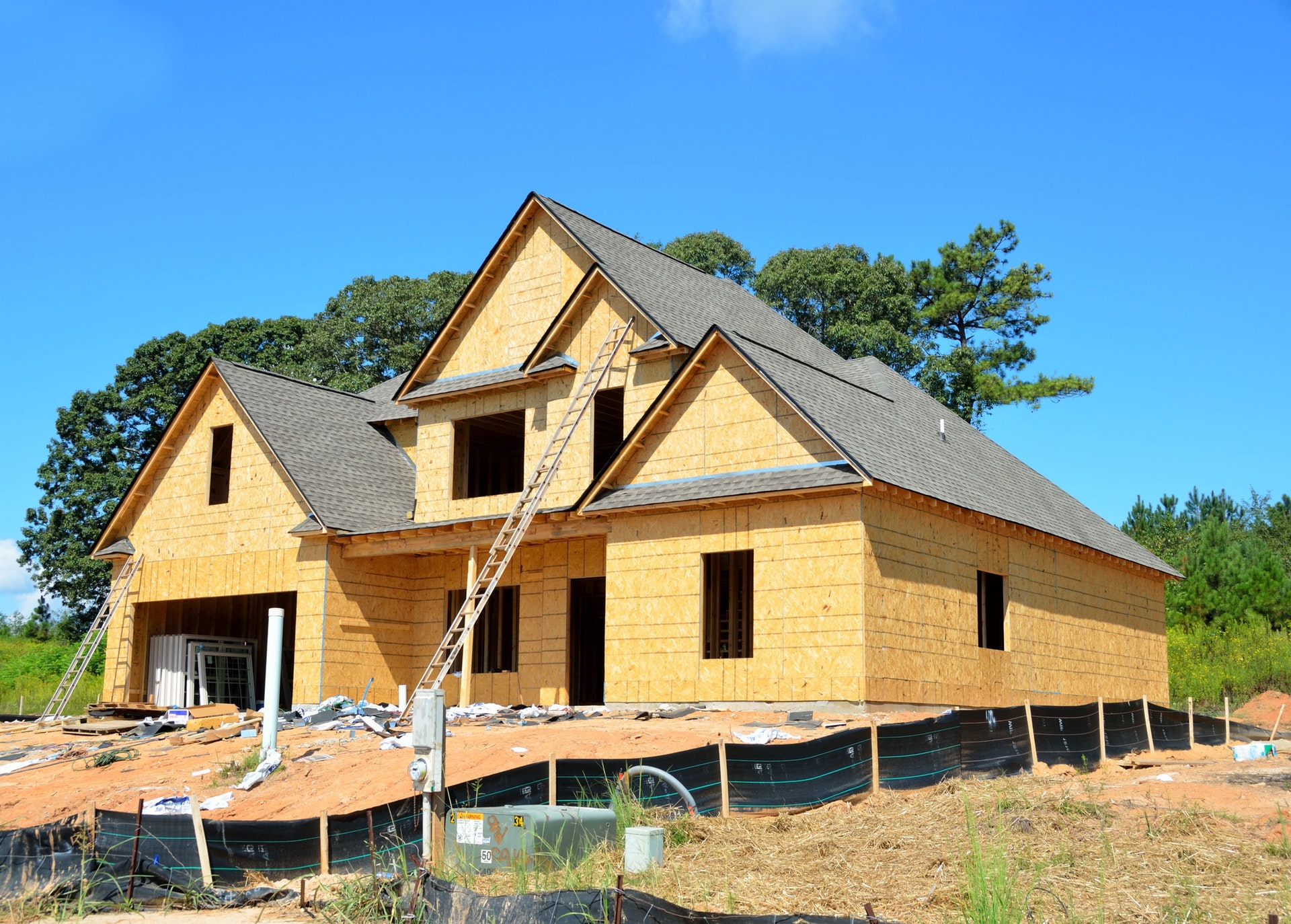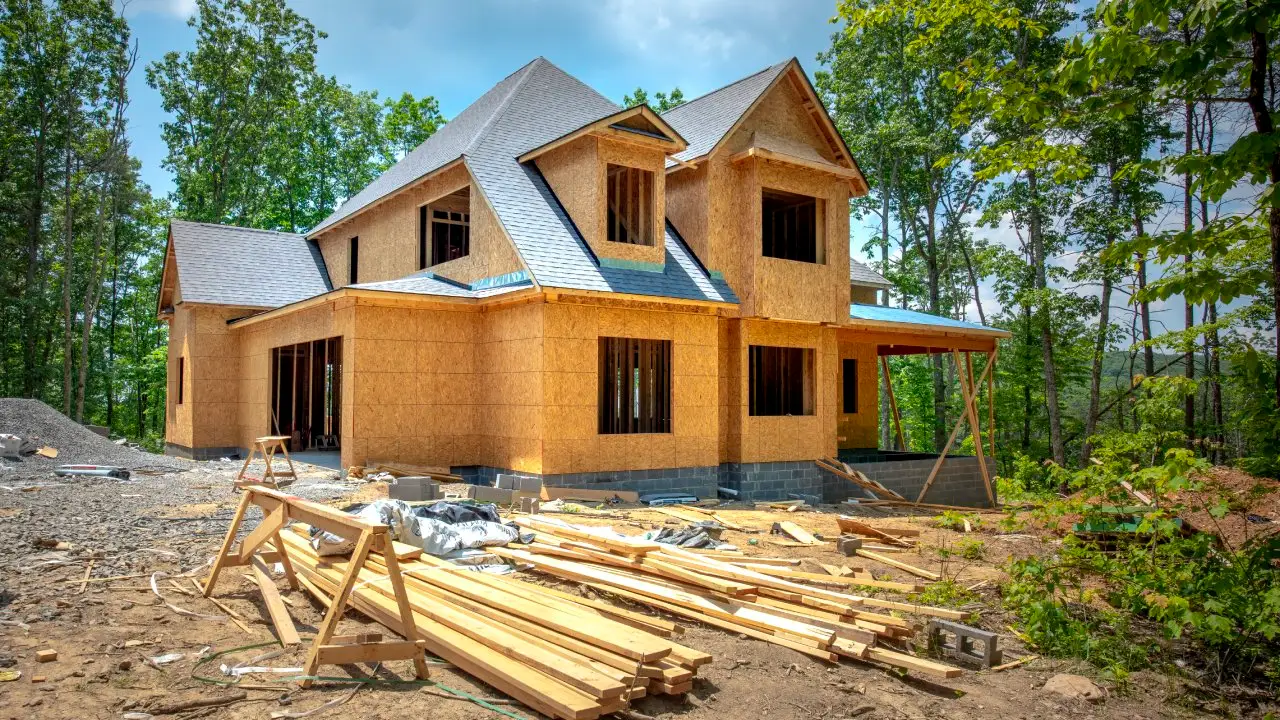The homebuilding and construction industries in California are at a record high in 2017 according to the National Homebuilders Association. While there is finally prosperity and growth for builders, developers and contractors after suffering from the recession of 2008, there is also a growth in construction defect claims. As with every industry and especially with construction, there are several risk prevention methods that can help curb this litigation.
Time Frames for Pursuing Construction Defect Claims
It is important to know and understand the time frames for which construction defect claims can be pursued by homeowners. There is a hard cut-off for construction defect litigation in California known as the Statute of Repose of 10 years. California Code of Civil Procedure (“CCP”) §337.15 provides a statute of repose that bars actions to recover damages for construction defectsmore than 10 years after substantial completionof the work of improvement. This provision is limited to property damage claims and does not extend to personal injuries (See, Geertz v. Ausonio, 4 Cal.App.4th 1363 (1992) and willful misconduct or fraudulent concealment claims. (See, Acosta v. Glenfed Development Corp., 128 Cal.App. 4th 1278 (2005).
There are also interim statutes of limitations for “patent” and “latent” defects discovered at the home also from the date of substantial completion. CCP §337.1(e) provides for a four year windowto bring suit for deficiencies that are apparent by reasonable inspection (patent deficiencies). CCP §337.15(b) provides for deficiencies that are not apparent by reasonable inspection or hidden defects that require invasive testing to become apparent (latent deficiencies). A latent defect can become patent after it “manifests itself” (i.e. becomes observant – for example a roof leak) for which the four year window from the date of discovery would become the applicable statute of limitations. The discovery rule effectively acts to toll the statute of limitation period on construction defect claims until they become reasonably apparent. (See,Regents of the University of CA v. Harford Accident & Indemnity, Co., 21 Cal.3d 624, 630 (1978). This is similar to a breach of contract claim, also a four year statute of limitation.
Finally, the California Right to Repair Statute (SB800) – Civil Code §§895, et seq. Civil Code §896 sets forth the “Functionality Standards” or a list of actionable defect items, including items affecting the component’s “useful life” and a catch-all provision for all items not expressed listed as defects in the statute. (Civil Code §897). The majority of the defects alleged have a 10 year statute of limitations. However, there are shortened statute of limitations for irrigation (1 year from close of escrow), landscaping (2 years), electrical, plumbing, fences and flatwork (4 years), paint/stains (5 years) and noise transmission (1 year from occupancy).
Preventative Measures to Curb Construction Defect Litigation
Once the builder knows the time frames for construction defect claims, the following are some preventive measures to limit construction defect claims. As a reminder, homeowners are less likely to bring construction defect action if they feel that the builders is taking care of them.
- Communicate with Homeowners Prior to Claims
It is imperative to communicate with the homeowners throughout the ten years statute of repose period. For example, most builders provide a limited warranty to the homeowners at the time of purchase. Homeowners are generally confused as to the length of the warranty and what the warranty covers. A practical tip to help curb construction defect claims is for the builder to send postcards or letters to the homeowners at the six month, one year and nine-year marks to advise the homeowner of: (1) the existence of the warranty and what is covered at each time frame; (2) the maintenance obligations of the homeowner at the various time frames; and (3) the fact that the home is approaching the ten-year mark. Most builders would rather deal directly with the homeowners through customer service than defend a construction defect litigation action where the costs to defend the claim will vastly exceed the cost to address the individual homeowner issues. The more the builder communicates with the homeowner in advance, the less likely it is that the homeowner engages in litigation against the builder.
- Timely Respond to Homeowner Claims
During the purchase process, provide the homeowners instructions on how to send in a customer service or warranty request. Provide multiple methods for notification to the builder by the homeowner when issues arise in their home (fax, email, website forms, etc.). The builder should provide a timely response – within 48 hours of the notice if possible. The homeowner wants to receive some notification from the builder that they received their request and, at the very least, will investigate the claim. Even if it is determined to be a maintenance item or homeowner caused damage, the homeowner should receive: (1) an acknowledgement of the claim; (2) an investigation report of the issue; and (3) an action plan or conclusion statement – this can be a declination of repairs with an explanation as to the cause not being the result of original construction. Sometimes even sending a customer service representative to the home to listen to the homeowner claims and explaining that there is not repairs required is sufficient to satisfy the homeowner. The goal is to make sure the homeowner’s claims are acknowledged and that the builder is standing behind its product. In my experience, the fact that the builder failed to timely respond to the homeowner is a significant motivating factor as to why the homeowner elected to enter formal litigation against the builder.
- Be Proactive When Litigation Ensues
Despite the fact that the homeowner has engaged an attorney and joined a construction defect action, the builder is not precluded from continuing to communicate with its homeowners. Several builders send letters to the non-plaintiff homeowners reminding them to contact the builder should they have issues at their homes rather than join the ongoing construction defect action. Under the law, clients can always talk to clients even if they are represented by counsel. While the attorneys for the builders cannot speak to the represented construction defect homeowners, the builder can communicate directly with its homeowners offering to honor its warranty and customer service procedures in lieu of the homeowner proceeding with the litigation. Both of these builder attempts to communicate with homeowners post-litigation have a dual effect – some homeowners elect to contact the builder to effectuate repairs and drop the litigation; while others elect to continue with the litigation. So proceed cautiously in this regard.
It is noted, there are many motivating factors for homeowners to bring a lawsuit against homebuilders that have nothing to do with the construction practices or customer service and are merely economically driven. However, these small steps in addition to providing solid construction practices should help curb construction defect litigation by homeowners.




